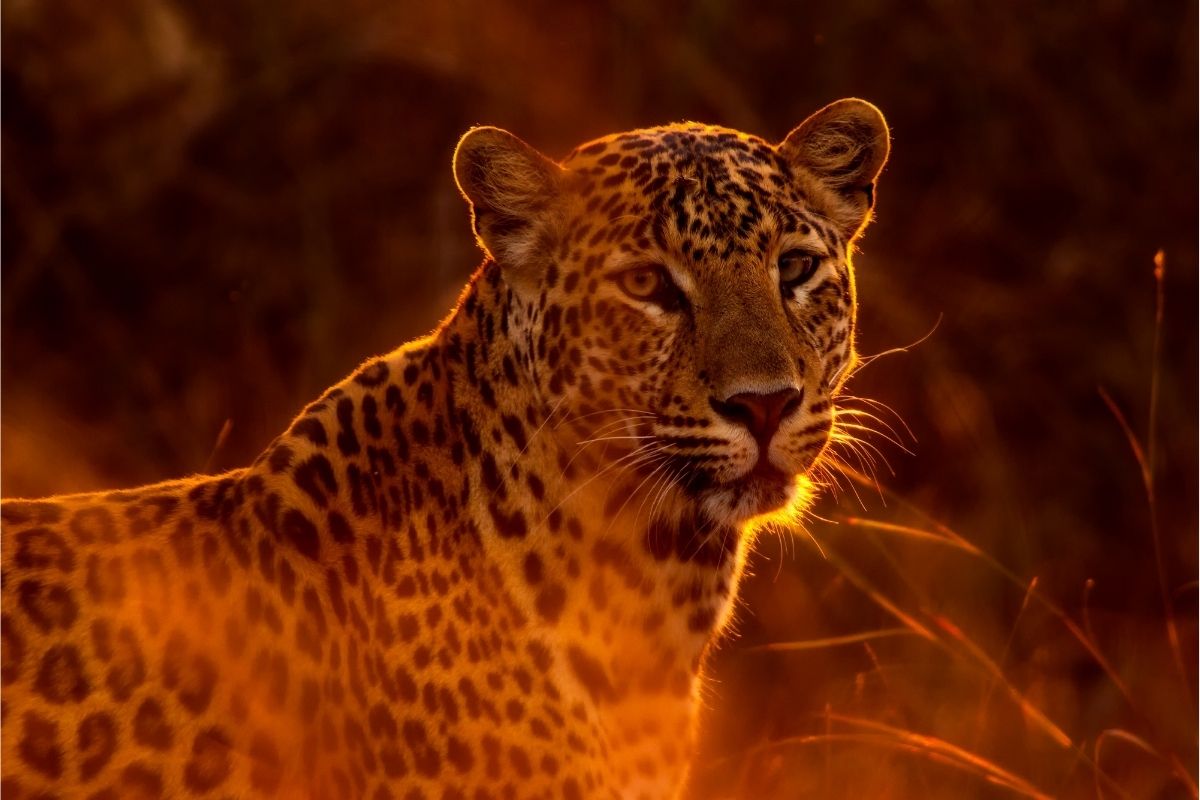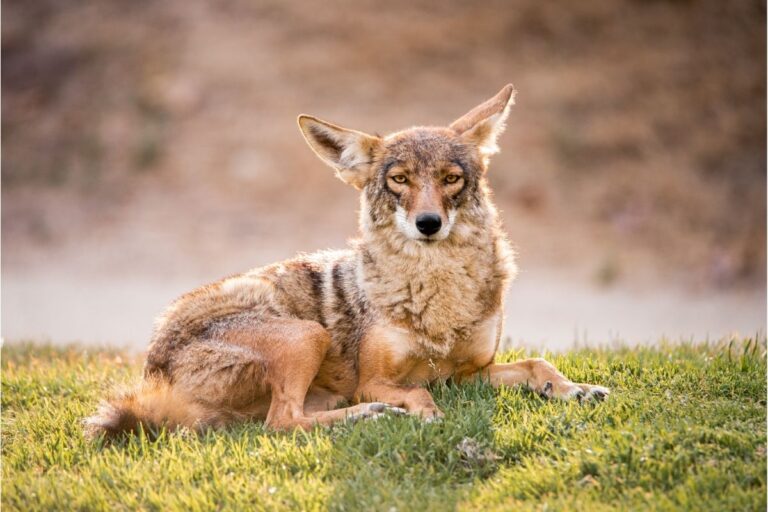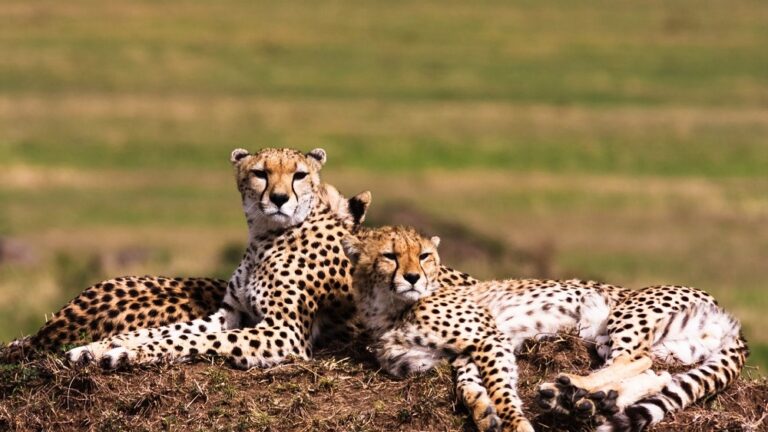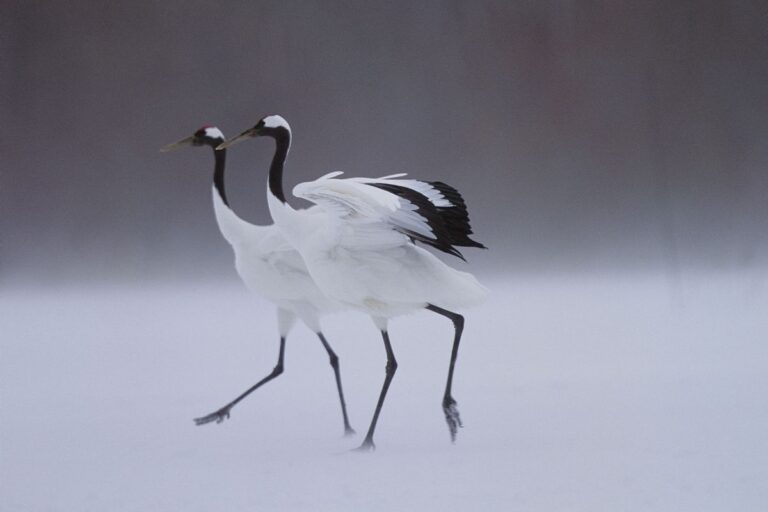Interesting Animal Facts About Leopards
Last Updated on March 3, 2022 by
Leopards are captivating wild cats known for their magnificently spotted coats. These gorgeous but deadly cats live in a wide range of habitats and are common in many countries of Africa and Asia.
Leopards are huge, furry cats. Panthera pardus is a species of big cat in the Felidae group, and its scientific term is Panthera pardus. They are supposed to be an African species, yet they are found all around the world.
These enormous, muscular predator cats are linked to lions, jaguars, and tigers. A leopard’s demeanor is mysterious and secretive, and it is widely regarded as one of the most stunning in the Panthera genus.
Despite their strength and stealth, leopards confront tremendous competition and several hazards to their preservation. With these fascinating leopard facts, you can learn more about this endangered species.
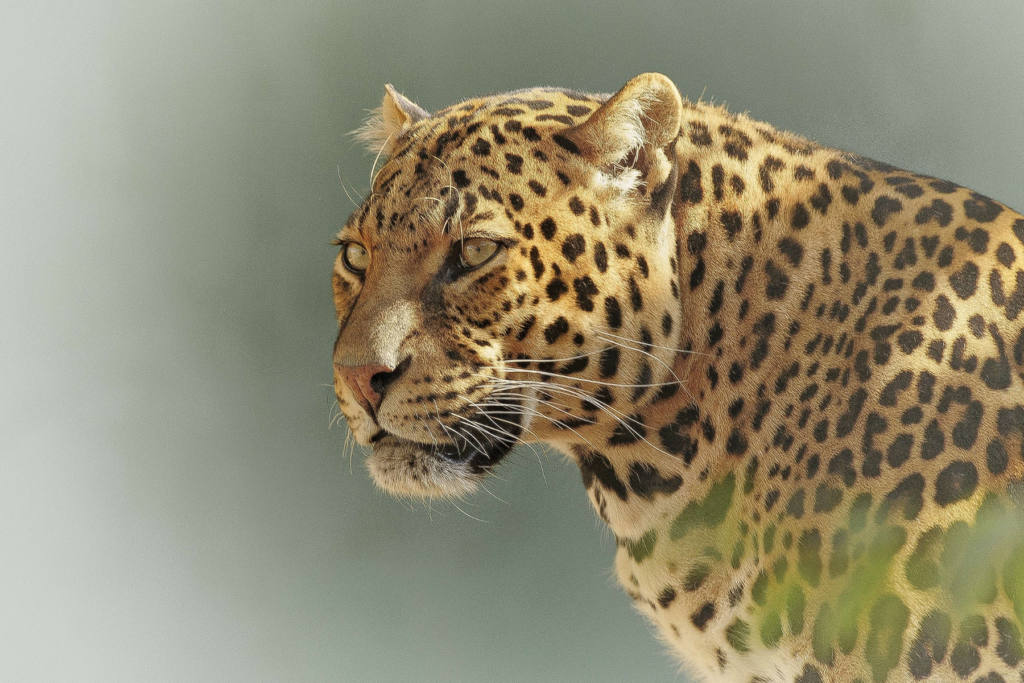
Top 15 Interesting Facts About Leopards
- They’re Camouflage Experts
Leopards have groupings of spots or rosettes that enable them to integrate into their environment. Their fur is normally pale yellow to dark gold in color, with white stomachs.
This coloring, combined with their distinctive markings, provides great camouflage in the wild, concealing them among the greenery of trees, bushes, and other vegetation. Their camouflage aids them in evading both hunters and prey.
- They’ll Eat Just About Anything
Leopards are opportunist carnivores that devour a diverse range of prey based on what’s obtainable in their areas — and they’re not fussy eaters.
They favor medium-sized game like impalas, deer, and bushbucks, but they occasionally consume smaller and larger animals.
Leopards may also hunt for monkeys, rodents, tufted deer, elands, and, in rare instances, baby giraffes. Smaller carnivores such as cheetahs, hyenas, genets, and foxes may also be eaten by these savage felines.
- They Prefer Solitude
Leopards are mostly solitary creatures that like to eat and sleep alone, with adult leopards normally only reuniting to breed.
Leopards can locate each other via smell, and females emit pheromones when they’re ready to breed. They are somewhat territorial and reject one another in captivity, maintaining a social separation of half a mile. Leopards use urine, dung, and scratch marks to identify their territories.
- They Can Make Huge Leaps
Leopards are deadly hunters not only due to their discretion and power but also due to their speed and skill. Leopards may also leap up to 20 feet (6 meters) in the air.
Leopards can also leap up to 10 feet vertically (3 m). So although they can’t run as fast as cheetahs, they can leap much further.
- They Don’t Need Much Water
One of its most fascinating leopard facts is that they do not need to consume water on a daily basis to live. Leopards in nature consume water only every 2 to 3 days and acquire the majority of their water from their prey’s body fluids.
Leopards could also eat on moisture-rich vegetation to suit their hydration requirements.
- Their Markings Help Them Communicate
Aside from different sounds, experts believe leopards interact with one another using visual clues. Leopards have white markings on their heads and tails, which scientists believe aid in signaling.
They believe that the white ends of their tails provide a message to other leopards to “come with me.”
- They Don’t Like Humans
Leopards seldom attack humans and, as compared to other big cats, are less prone to become man-eaters. Although they prey on monkeys and apes, they almost never prey on people.
They are more inclined to clash with people by killing their livestock. When their regular prey species are limited, they will resort to preying on humans.
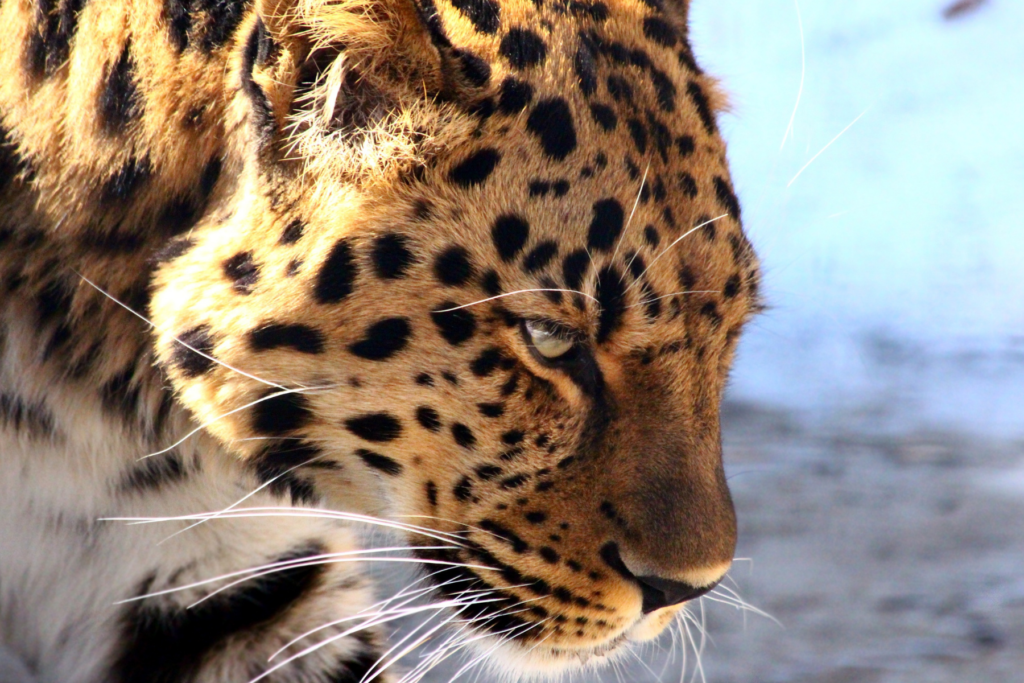
- They’re Becoming Endangered
Leopards are still the most common of all large cat species, although they today inhabit barely 25% of their former range.
Because of human habitat growth, which leads to deforestation and other environmental disruptions, their population has become increasingly dispersed. While leopards are generally tolerant of anthropogenic disturbances, their natural range is shrinking.
- One Leopard Killed Hundreds Of Humans
The Leopard of Panar, a male leopard from Northern India, was one of the most infamous man-eating leopards. In the early twentieth century, he was responsible for an estimated 400 fatal attacks on humans. In 1910, the Leopard of Panar was chased down by the legendary British hunter Jim Corbett, who had already slain the Leopard of Rudraprayag.
- They Make Strange Noises
Leopards interact with one another using a range of vocalizations, including yowling, purrs, grunts and scowls. They may also roar like other wildcats such as tigers, lions, and jaguars. Its booming rhythm is characterized by a repetitive groan that sounds like splitting wood. Definitely, one of the most vital leopard facts to know if you’re going on a safari.
- They’re Not So Different From Lions
According to DNA tests, leopards’ closest cousins are lions. Fossil evidence of its predecessors dates back 2 to 3.5 million years, although current leopards are thought to have developed in Africa as late as 0.5 to 0.8 million years ago. Early modern leopards expanded over Asia from Africa.
- They Can Swim
Leopards are also excellent swimmers. They are among the rare cats who are at ease in the water. They can collect a variety of freshwater prey while swimming, including crabs and fish.
- They Love Trees
Leopards utilize trees to their benefit in many of their environments. They are the most agile of the large cats and are outstanding climbers. Leopards frequently seek refuge in trees when confronted with danger or violence. Throughout the day, they rest on tree branches to prevent being discovered by other animals.
- They Hide Their Prey
Leopards also keep their kills on nearby trees to keep other carnivores like hyenas from snatching them. Because of their enormous heads and strong teeth, they can carry even bigger and heavier animals (such as baby giraffes and rhinos) up tree limbs. When there aren’t enough woods in their environment, they prefer bushes and rocks.
- They Have A Long Lifespan
Leopards generally live for 12 to 17 years in the wild. In captivity, though, they can survive significantly longer. Roxanne, the oldest known leopard, passed away in 2014 at the ripe age of 24 years!
More Interesting Facts About Leopards
- The leopard is the most stealthy and secretive of the big cats. In the wilderness, they are incredibly tough to track down and identify.
- Leopards have been featured in art, literature, and legend through history in a variety of cultures. They are also widely used as a symbol in sports throughout most of Africa.
- Leopards are targeted for their magnificent fur coats. Leopards in Sub-Saharan Africa are one step closer to being listed as threatened due to threats from sport hunting.
- Leopards are nocturnal creatures that like to spend their evenings foraging for food. In the darkness, these magnificent cats can see 7 times better than a human.
- Leopard cubs are completely blind when they are born and are extremely vulnerable. They are completely reliant on their mothers until they are 10 days old.
Unusual Facts About Leopards
- The term “leopard” is derived from the Greek word leopardus, which would be a mix of leon (lion) and pardus (panther).
- Leopard ears can detect 5 times as many noises as humans hear.
- Leopards have a three-month gestation cycle and normally give birth to a litter of 2 to 3 offspring.
- Leopards in captivity consume 1 to 1.2 kilograms of meat every day. The habitat of a leopard in the wild influences how much it eats.
- These wonderful animals are the least gregarious of the huge cat family and normally remain silent.
Weird Facts About Leopards
- A male and a female leopard will team up for 4 or 5 days before the male departs forever.
- There are now 9 identified leopard subspecies all across the planet.
- Leopards can pull food twice their size up into branches to keep predators at bay.
- Leopards outnumber the number of lions, tigers, and cheetahs collectively in the wild.
- While leopards seldom congregate in groups, a gathering of leopards is referred to as a “leap” or a “prowl.”
Fun Facts About Leopards
- Leopards can be seen in both jungles and Siberia’s snow-covered wasteland.
- They silently and cautiously follow their prey until they are around 5 to 10 meters away. They’ll jump on them in an instant.
- Leopards communicate with one another via highly distinct calls. For instance, if a male wants to alert another person to his presence, he will make scratchy, raspy breathing sounds.
- Leopards prefer rocky settings with dense shrubbery and riverine woodlands, however, they have been demonstrated to be very adaptable to a wide range of environments in both cool and warm climes.
- They are the biggest of the purring felines.
Facts About Leopards For Kids
- The leopard is the second-smallest of the great cats, only overshadowed by the snow leopard.
- Leopards can find and attack prey unseen from up in the trees, a skill that requires considerable power.
- Leopards’ coloration permits them to track prey and pounce at the precise moment. Even gorillas are no challenge for them; leopards are gorillas’ sole known natural predator.
- Cubs remain with their mother for 2 years, and only 50% of the cubs born survive to adulthood.
- Male leopards are referred to as leopards. Leopardesses is the official name for female leopards.
Final Thoughts
Well, there you have it! We hope you enjoyed reading all about leopards and expanding your leopard knowledge with these interesting facts. Leopards are incredible animals that make excellent hunters. What’s your favorite leopard fact?

